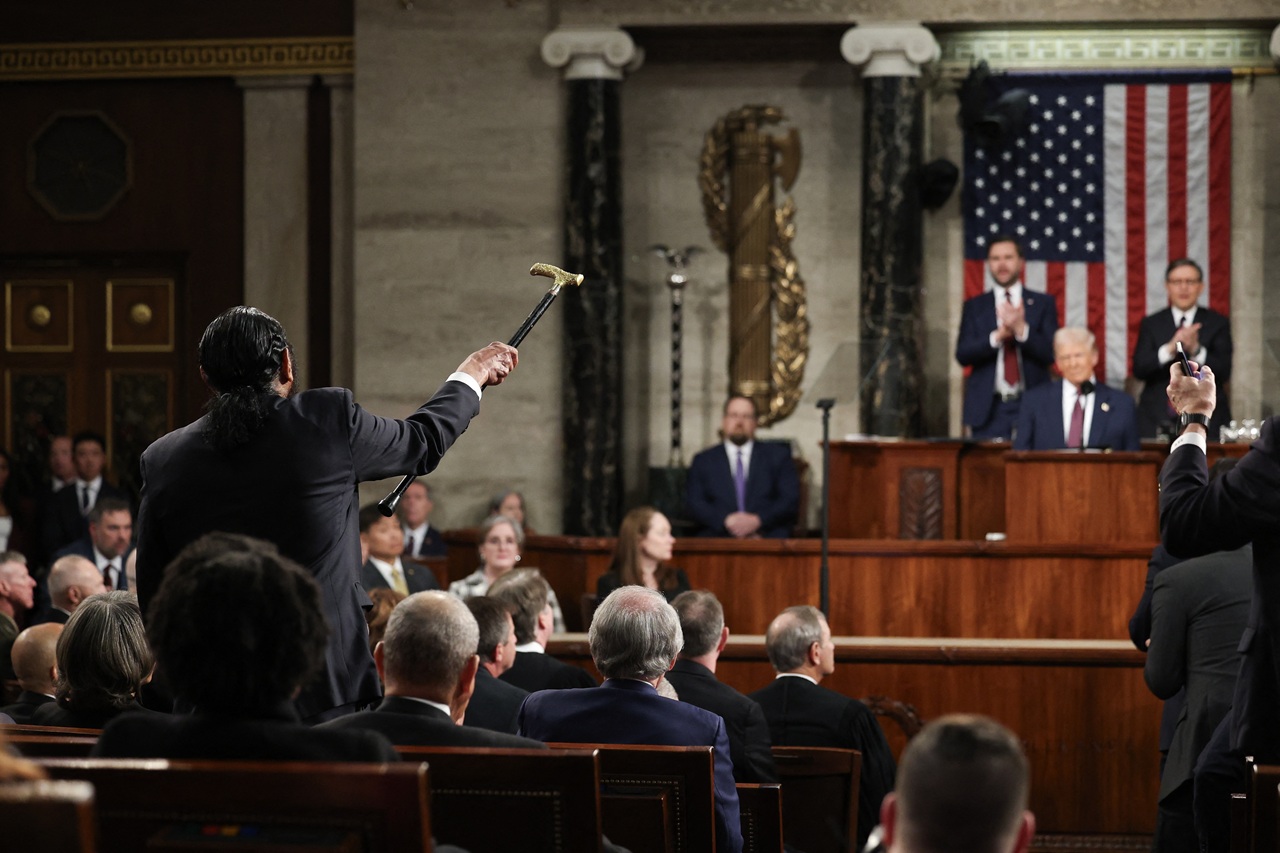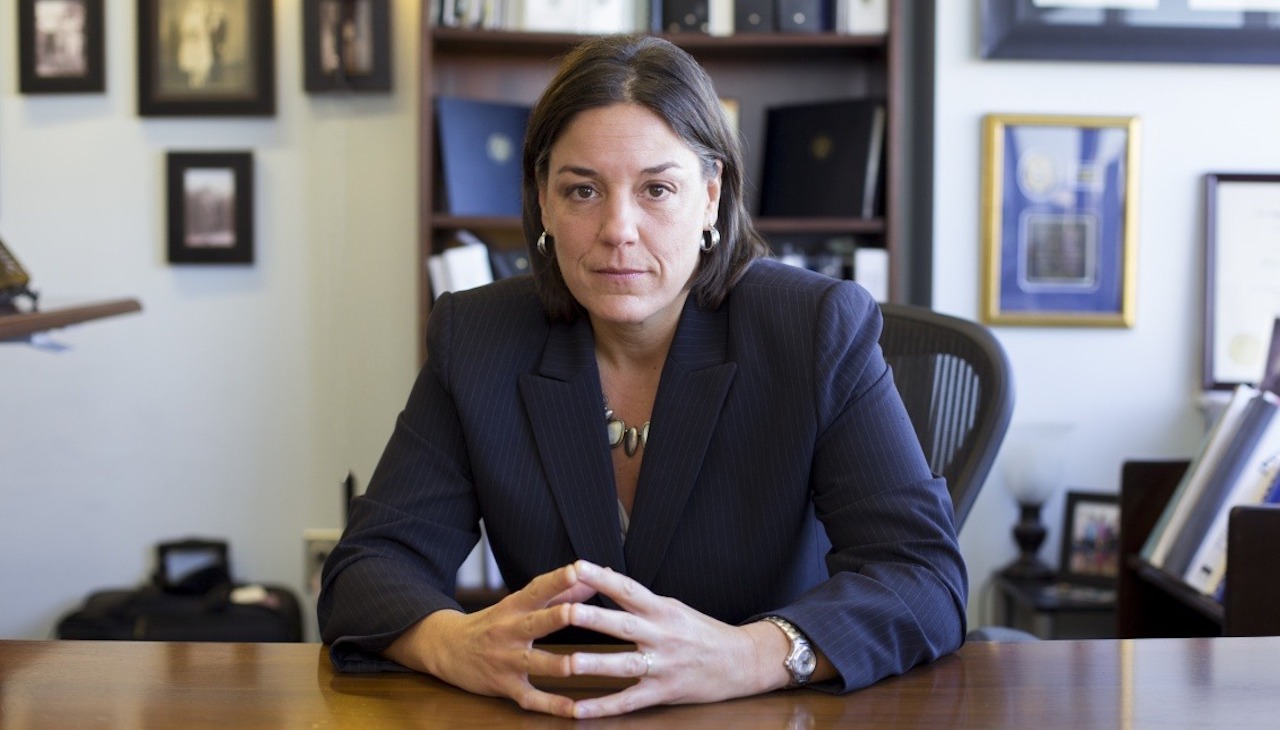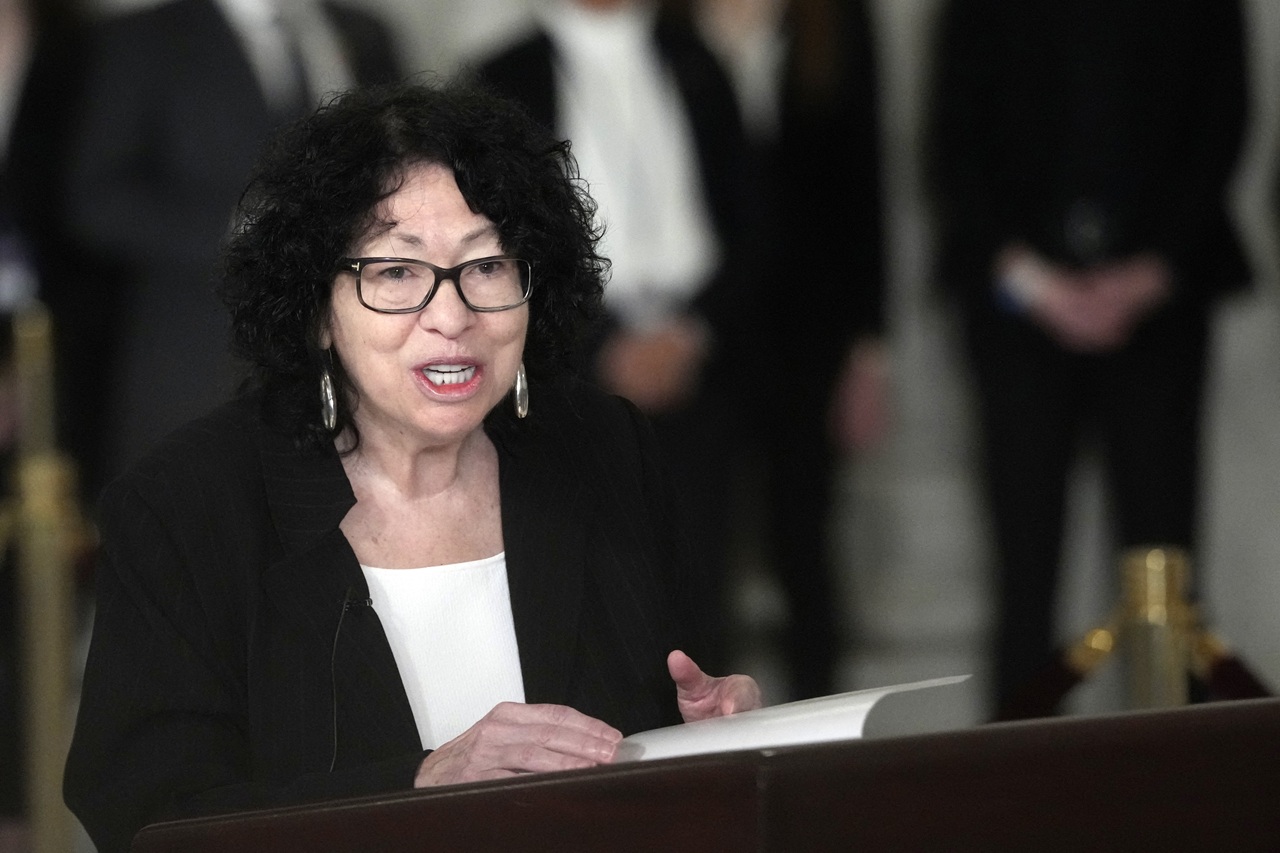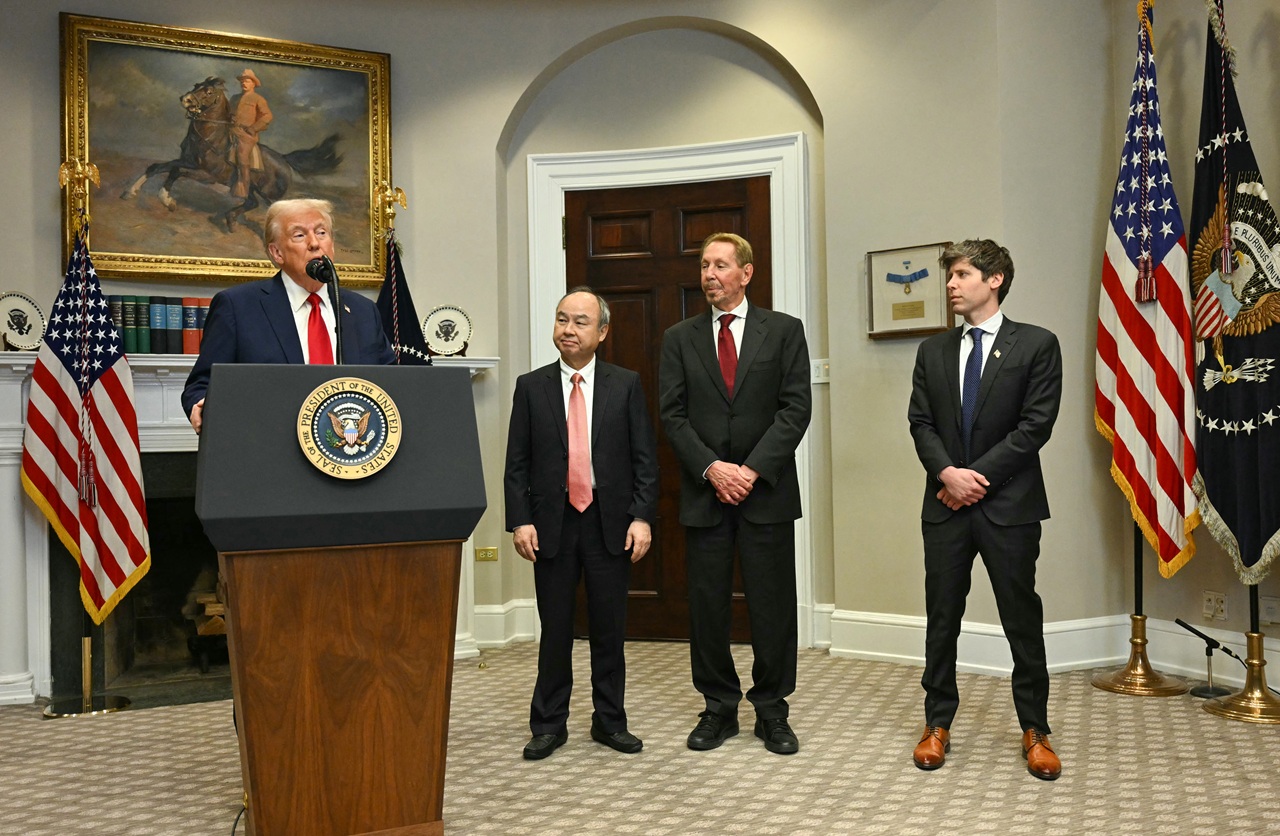
New PEN America report details a growing book ban trend in America
In an increasingly aggressive political competition, schools have become the latest collateral from right-wing censorship, as PEN America publishes a report detailing thousands of book banning instances in the U.S. between 2021 and 2022.
Bans took place in 138 school districts, and as many as 32 states, with a large concentration of said instances in the states of Texas, Florida, and Tennessee, according to the report. The districts cumulatively account for 5,049 schools and nearly 4 million students. The report details 2,532 instances of banned material, and 1,648 book titles.
“What we’ve seen over the last year and a half is a spread of the impulse to silence,” said Suzanne Nossel, PEN America CEO and author.
“It now really cuts across the spectrum, and we’ve seen the invocation of the power of the state, whether it’s school boards or actual state legislatures, making laws that restrict what can be taught in curriculum, in schools in higher education, and increasingly in the area of book bans,” she added.
Subject matters at the top of the restricted reading list are contents expressing LGBTQ+ themes, with works that feature an LGBTQ+ protagonist. The same phenomenon applies to works that feature people of color.
Are books immediately removed from the shelves?
Of the total of compiled, banned book titles, the two represent 41% and 40% of affected material respectively. Moreover, many of the bans are initiated by either a state official or state legislator, by way of inquiry into the school’s literary assortment to be investigated and removed.
Approaches to book bans may vary district by district, but PEN America reports most incidents happen in the classrooms, where teachers are explicitly instructed to remove the content. But an overwhelming 1,375 book titles were removed, pending investigation.
Issues surrounding sexual orientation and race have long been subject to targeting from right-leaning organizations and politicians, often quoted as dangerous or pornographic material, though there is no evidence that suggests the banned titles contain that sort of content.
An example of a book deemed pornographic is And Tango Makes Three, a story about two male penguins making a family together, based on the true story of two male penguins who formed a bond in New York’s Central Park Zoo
“The trends are very clear that this is a targeted effort. These are not just individual complaints about books that parents are complaining about because their children are bringing them home,” said Jonathan Friedman, the study’s author and PEN America’s Director of Free Expression and Education Programs.
“Overwhelmingly, we are seeing people Google ‘what books have LGBTQ content whatsoever,’ even just a book that has an illustration of a same-sex interracial couple, gets thrown onto one of these lists and ends up banned in some districts in Florida,” he continued.
In Florida alone, the government conducted a review that rose to 6,000 pages of examinations over concerns of Critical Race Theory, an academic theory discussed in Higher Ed. institutions, particularly legal scholars, about the interaction between race and American law.
CONTENIDO RELACIONADO
Florida has deemed this sort of content “impermissible,” and resulted in the systematic review and removal of math books from school districts across the state. Politico examined some of the titles, which included a Statistics course that posed “discrimination” and “racial profiling” as workbook examples.
To that end, districts scramble with limited choices for “permissible” content under the eye of punishing reviewers.
But school staff face a whole host of challenges when navigating book bans or book challenges in any particular district.
PEN America found 50 or so groups involved in a categorical approach to book flagging tactics, like swarming school board meetings, using language like “pornography” and “grooming,” and even filing criminal action against teachers and administrators.
In some documented cases, complainants did not have children who attended the school subjected to accusations.
“The key to understanding why are we caring about book bans, why should this matter to the public, is that there is a need for considered processes in schools to safeguard students’ First Amendment rights,” Friedman noted.
He went on to emphasize the inconsistencies via which many of these bans take place, usually under pressure by a systematic form of intervention within districts, as PEN America details.
“We’re talking about people not actually submitting written forms or filling them out in incomplete ways, school boards taking a complaint at a school board meeting and deciding that whatever it is one person said about the book should carry the day,” Friedman added.









DEJE UN COMENTARIO: